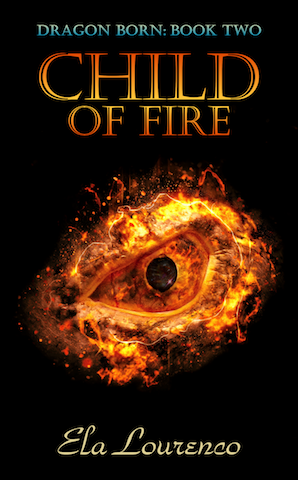 My eldest daughter Larissa read her first words at three and could read wee picture books by the age of four – not a child you would ever expect to be dyslexic and yet she is. To be more specific she has a form of dyslexia called "Auditory Processing Disorder" which, in a nutshell, means that the message from the ear to the brain is not always received clearly (nothing to do with hearing problems) and that certain tasks require a lot more effort from her than they should.
My eldest daughter Larissa read her first words at three and could read wee picture books by the age of four – not a child you would ever expect to be dyslexic and yet she is. To be more specific she has a form of dyslexia called "Auditory Processing Disorder" which, in a nutshell, means that the message from the ear to the brain is not always received clearly (nothing to do with hearing problems) and that certain tasks require a lot more effort from her than they should.
An avid reader and author of children’s books myself, I was saddened greatly when Larissa told me that she loved books but found reading so tiring it made her head ache. Despite only being nine at the time she managed to explain to me that when she reads a sentence it is like putting together a jigsaw puzzle piece by piece – first she has to "absorb" the words and then put them together before then struggling to process them into a picture in her head.
We worked together, with the help of an auditory therapist, and managed to find ways to lessen her load. Larissa herself did most of the work, telling me what type of books were easier to read and what kind of format worked best for her. There are many different types of dyslexia and obviously, all children are different but there is much you can do to help your child to regain their confidence with literacy and to make reading a fun activity instead of something they dread. Larissa (now eleven) is now an avid and confident reader.
Here are some top tips which helped us:
1. Talk about their dyslexia openly and positively with them. Make sure they know that it is not a "bad" thing, nor does it mean they are any less intelligent (in fact many famous business men and inventors, even authors are dyslexic), it is merely that their brains work differently. They will have strengths others don’t have. (I recommend you read The Dyslexic Advantage: Unlocking the Hidden Potential of the Dyslexic Brain by Brock Eide)
2. Help your child determine what genre they enjoy the most – nothing seems like hard work when you are enjoying yourself.
3. Choose books in which the story does not move along too slowly. Too many wordy descriptions and no action can cause a real slump in attention.
4. Opt for books with shorter chapters and vivid imagery – this will help them to stay focussed and interested.
5. Discuss the book with your child. Ask them what they liked about it and what they didn’t like – this will help you narrow down what type of books to choose next.
6. Font size can be an issue for some children as can the colour of the background. Overlays or an electronic device for reading can help as you can find the letter size which suits them best.
Ela Lourneco is the author of Child of Fire (Dragon Born Book 2) available as an ebook from Amazon.